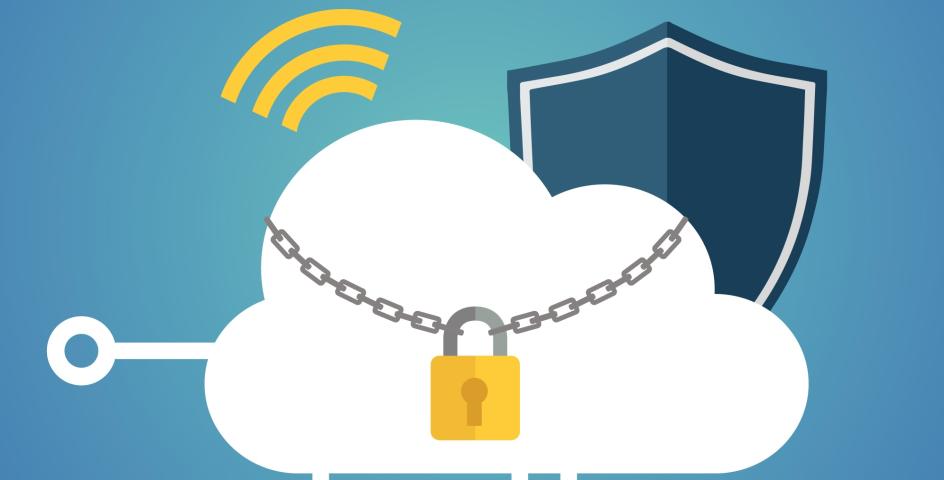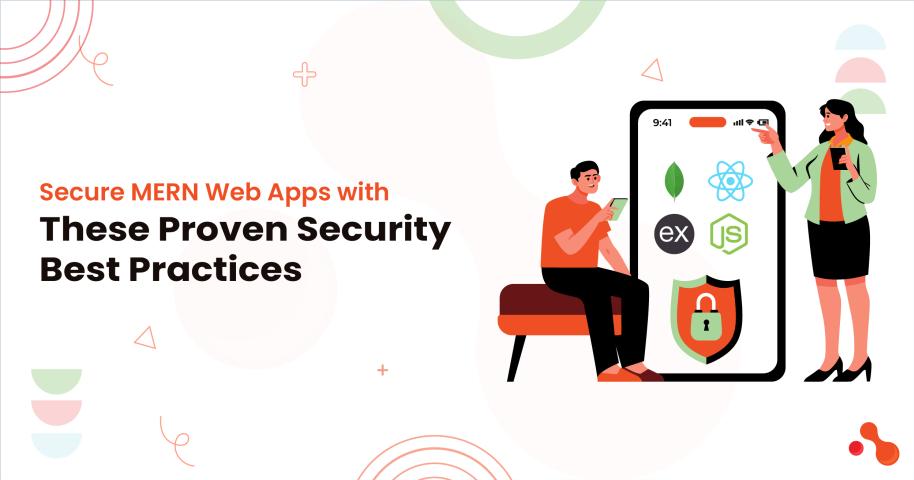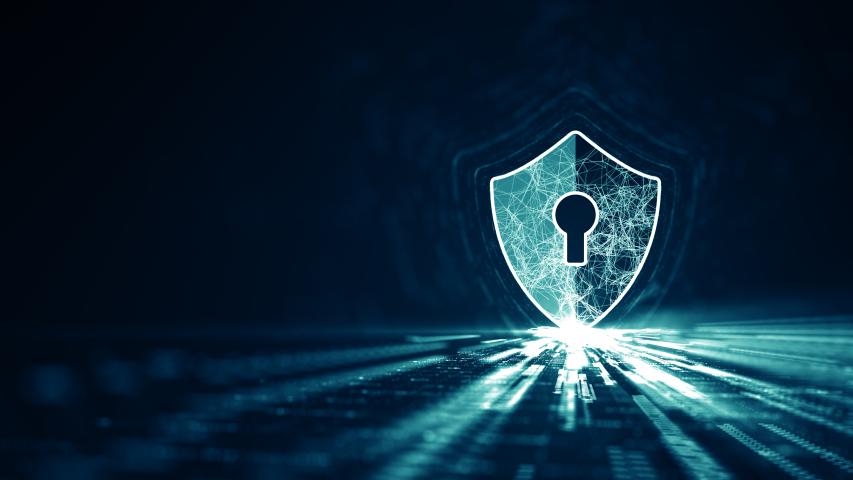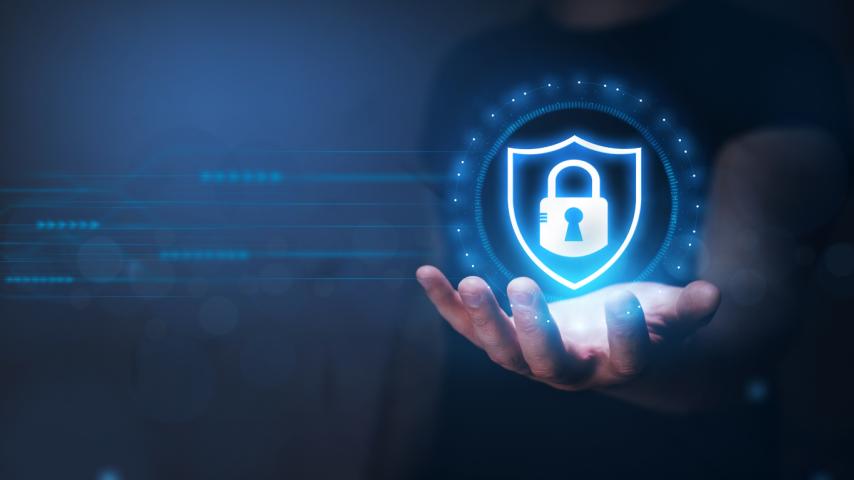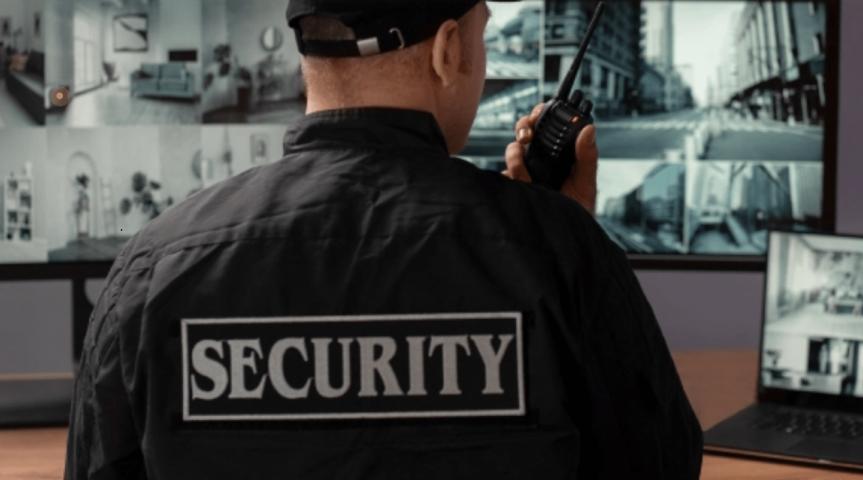In today's rapidly evolving digital landscape, CCIE Security training is more crucial than ever. As organizations strive to safeguard sensitive data, professionals are increasingly turning to advanced certifications and training to keep pace with emerging threats. With the rise of sophisticated cyberattacks, comprehensive training programs like CCIE Security training ensure that security professionals are well-equipped to defend critical infrastructures. Whether you're an aspiring cybersecurity expert or a seasoned practitioner, understanding the evolution of security protocols is essential for success in the industry. In this press release, we explore the historical roots, current state, and future trajectory of security protocols, shedding light on how these measures have transformed to meet the challenges of modern networks.
A Look Back: The Origins of Security Protocols
Security protocols have come a long way from their early days. Initially designed to secure communication channels in military and government applications, early protocols laid the groundwork for digital security. During the formative years of the internet, simple encryption methods were introduced to protect data during transmission. These protocols were limited in scope and were primarily reactive rather than proactive in mitigating cyber threats.
As businesses began adopting digital technologies, the need for more robust security measures grew. Protocols evolved to incorporate stronger encryption standards, multi-factor authentication, and secure key exchange mechanisms. This progression marked a shift from basic security measures to comprehensive frameworks capable of handling the complexities of an increasingly interconnected world.
The Present State: A New Era of Cybersecurity
Today, the landscape of cybersecurity is both dynamic and multifaceted. Modern security protocols have advanced far beyond their predecessors. They now integrate a range of sophisticated technologies, such as artificial intelligence (AI) and machine learning (ML), to detect and mitigate threats in real time. Organizations are no longer solely dependent on legacy systems; instead, they employ a layered defense strategy that leverages modern protocols to ensure data integrity and confidentiality.
Key innovations in contemporary security protocols include:
End-to-End Encryption: Ensures that data remains secure from its point of origin to its final destination, safeguarding it from interception.
Multi-Factor Authentication (MFA): Adds additional layers of verification to protect user identities and prevent unauthorized access.
Behavioral Analytics: Uses AI and ML to monitor network behavior, identify anomalies, and predict potential breaches before they occur.
Zero Trust Architecture: Assumes that threats could be both external and internal, and continuously verifies user and device credentials before granting access.
These innovations have redefined the way organizations approach cybersecurity, making it not just about prevention, but also about rapid response and recovery. For many security professionals, achieving advanced certifications such as CCIE Security has become a benchmark for excellence in this evolving field.
Looking Forward: The Future of Security Protocols
As we move into the future, the trajectory of security protocols points toward even greater sophistication and integration. Future advancements will likely focus on:
Quantum-Resistant Encryption: With the advent of quantum computing, current encryption standards could become vulnerable. Researchers are already developing protocols designed to withstand the processing power of quantum computers.
Integrated IoT Security: As the Internet of Things (IoT) continues to expand, security protocols will need to evolve to secure an ever-growing network of connected devices, ensuring seamless protection across both personal and industrial applications.
Decentralized Security Models: Leveraging blockchain and other decentralized technologies, future protocols might eliminate single points of failure and offer more robust, tamper-proof systems.
Adaptive Security Frameworks: Future protocols may feature adaptive mechanisms that can learn from previous breaches and dynamically adjust security measures in real time, providing a more resilient defense against evolving cyber threats.
The rapid pace of technological change ensures that the field of cybersecurity remains in a constant state of flux. Continuous research and development will drive further enhancements in security protocols, equipping professionals with innovative tools to tackle emerging challenges head-on.
Bridging the Gap: Education and Industry Standards
Education plays a pivotal role in shaping the future of cybersecurity. Advanced training programs, particularly those focusing on CCIE Security, are designed to bridge the gap between theoretical knowledge and practical application. These programs offer:
Hands-On Experience: Real-world labs and simulation environments that replicate modern network infrastructures and cyber-attack scenarios.
Up-to-Date Curriculum: Courses that evolve in response to the latest trends and emerging threats, ensuring that professionals remain at the cutting edge of cybersecurity.
Expert Guidance: Instructors and industry leaders share insights gained from years of experience, helping students understand the complexities of modern security protocols.
Investing in high-quality training is not just about passing exams; it's about preparing for a career in a field where every new threat requires an agile, informed response. By prioritizing advanced certifications such as CCIE Security training early in your professional journey, you lay the groundwork for a successful career in cybersecurity.
Conclusion
The evolution of security protocols is a testament to the relentless pace of innovation in the digital age. From the humble beginnings of early encryption methods to the advanced, AI-powered systems of today, these protocols continue to evolve to meet the demands of an increasingly connected world. As the future unfolds, emerging technologies like quantum-resistant encryption and decentralized security models will further transform the cybersecurity landscape.
For organizations and professionals alike, the journey of understanding and implementing these protocols is crucial. By embracing advanced training programs and certifications—such as CCIE Security—you can ensure that your skills remain relevant in an ever-changing environment. As the digital frontier expands, so too must our commitment to protecting it, leveraging the latest advancements to build a safer, more secure world for everyone.

